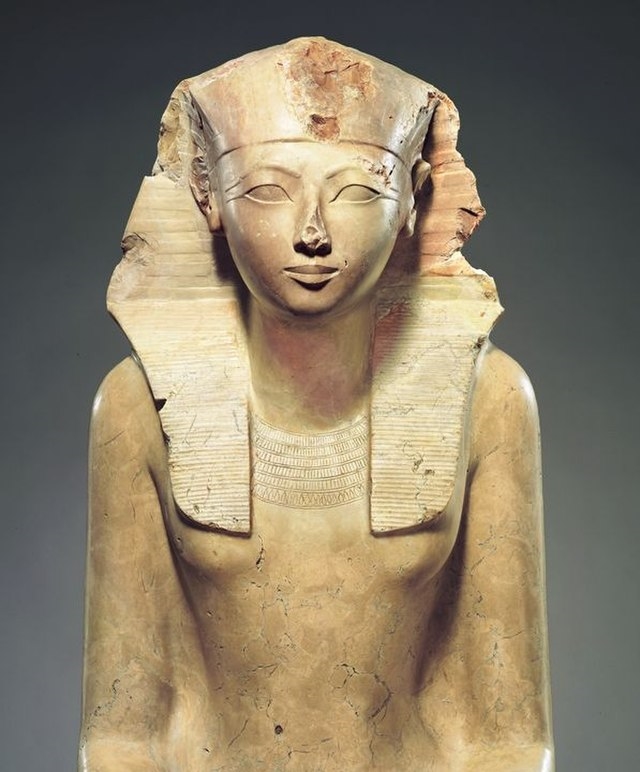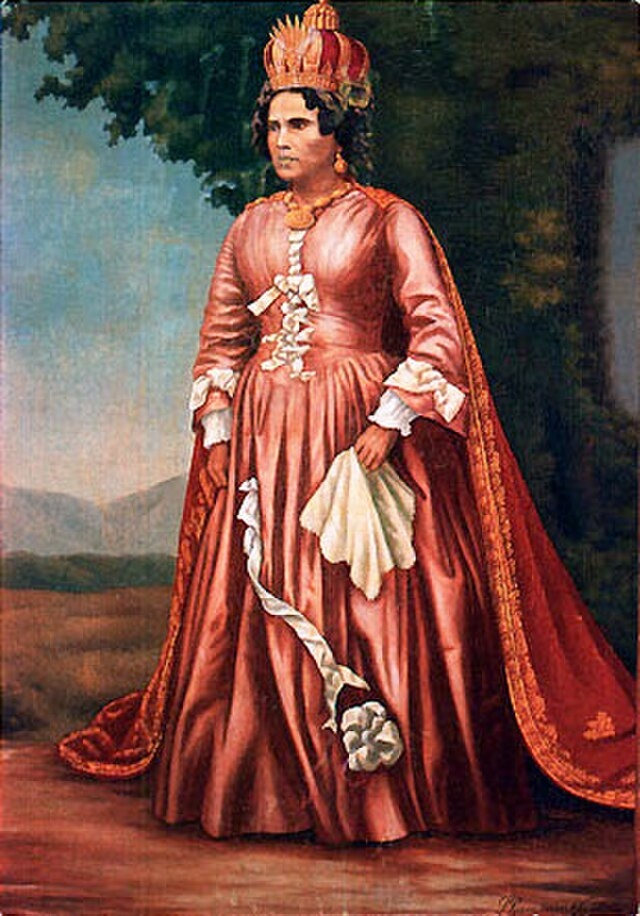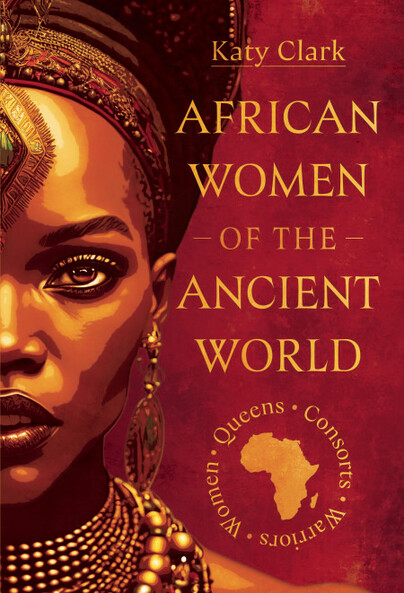African Women of the Ancient World
Guest post from Katy Clark
Travel through the ages and discover the rich history, culture, and women in the upcoming release of African Women of the Ancient World: Queens, Consorts, and Warriors! This book is a collection of nine fascinating women and their accomplishments in the world around them, as well as a recognition of many places throughout the continent of Africa, highlighting religious foundations that shaped the ancient world, foreign trade routes, and partnerships that expanded lands and kingdoms, and battles that had a lasting impact. This book begins in the Old Kingdom in ancient Egypt and ends on the island of Madagascar.
During the Old Kingdom in the pre-dynastic era, Egypt was progressing through significant transformations. Rich stores of gold offered an expansive trade opportunity and more in store. Neithhotep is mostly known for her marriage to King Narmer, the Pharoah who united the Upper and Lower kingdoms in Egypt after her father, the Pharoah of Lower Egypt was conquered. After Narmer’s untimely death, Neithhotep was no longer the queen consort but assumed authority as the primary guidance of their young son who was too young to rule autonomously. Neithhotep took authority during the reigns and became the keeper of ancient traditions steeped in religious foundations. She ordered the profitable excavation of the Wasabi Desert, exhuming more gold, copper, precious stones, and turquoise. The dig was a massive success under her rule. Neithhotep was a trailblazer for the women in Egypt who would rule centuries later. She is the “foremost of women.”
Traveling forward into the eighteenth dynasty in Egypt, it is this dynasty that is arguably the most profitable and successful dynasties in Egyptian history. Queen Hatshepsut was considered conceived by divine intention, placing her in high standing and being considered favoured by the gods. As a young girl, she was a virgin priestess, pure and pleasing to the god, Amun. She served in the innermost parts of the religious temples, offering incense sacrifices and songs of worship. She remained a priestess until the death of her two older brothers. To secure the royal bloodline of her father, she was removed from her position in the temple and given in marriage to her half-brother, Thutmose II. She assumed the responsibility of producing a male heir to carry on the royal bloodline. Unable to conceive a son, Thutmose II took a second wife, Isis who bore the king a son. Her husband was sickly and died young. After Thutmose II’s death, she took the throne as regent over the young boy, which is just one of her ambitious power moves. Hatshepsut had a keen eye for trade. She ordered a successful expedition to the land of Punt and returned to Thebes with incense, exotic animals, cinnamon, foreign trees, and even people.

Continuing through the eighteenth dynasty, the narrative of Egyptian history is severely altered under the reign of Queen Nefertiti and her husband Akhenaten, “The Heretic King.” During their reign, the temples of worship to the many Egyptian gods were dismantled and new temples were erected for the worship of one god, Amun-Ra, the sun god. Amarna art gained popularity during their reign, offering a more intimate family portrait of the royal family and portraying a realistic description of physical attributes rather than ideal. They ordered the construction of a new religious center which was later destroyed by King Tutankhamen. Akhenaten and Nefertiti’s names were scratched out of the stones and nearly lost for centuries until excavations at Amarna by German archaeologists in 1912.
Traveling to Ethiopia, perhaps one of the most obscure queens in history is believed to have lived. Makeda of Sheba was believed to have been beautiful and enticing. Much of what is written about her contains more myth, however, recent excavations at the Temple of Solomon in Jerusalem have connected the ancient Sabaean kingdom during her reign to the biblical accounts of King Solomon. Makeda is believed to have made the long journey to Isreal to visit the king who was famed for his extraordinary wisdom. Military involvement limits excavation efforts, however, the Ruins of Marib are believed to have once been part of the Sabaean kingdom.
Some women expanded their rule by trade alliances and wealth, while others did so by sheer force on the battlefield. Amanirenas was an uncompromising warrior, known for her revolts against the Roman Empire. Calculated and a strong military strategist, she often stalked the opposing army, studying their weaknesses. She led an army that successfully plundered the great Roman army, even when losing her eye in hand-to-hand combat with a fierce Roman soldier. Ultimately, she proved herself to be an intelligent negotiator, eventually agreeing to negotiations with the Roman Empire and gaining sovereignty for her nation.
Like the former, Dahia al-Kahina led several successful campaigns against the dominating Arab army led by General Hasaan ibn al Nu’man. She was often called “the Jewish Sorceress” as many believed her victories were the result of witchcraft. Her military efforts were in part to keep the quickly spreading Islamic faith from dominating the whole of North Africa. Eventually, she and her army had to accept defeat. Unwilling to be captured alive, it is believed she ended her own life at the bottom of a well, known as “Kahina’s Well.”
Traveling to the land of Zazzau in Nigeria, Amina was also skilled in the sword and military tactics. She began weapons training at the age of six and eventually took the throne after her brother passed away. She was politically savvy and ferocious on the battlefield. Her death is shrouded in mystery and myth.
Njinga of Angola was not expected to survive after her birth. This feeble girl grew to assume a natural affinity for warfare and was cunning. She is among the bloodiest queens in this book. She allied with the Imbangala tribe, a people known for human sacrifice and cannibalism. The final queen in this book introduces Ranavalona I. She ruled by force and to halt European colonialism and western religion, she ordered the murder of thousands of her people if they did not denounce their Christian faith. Despite her disdain for European customs, she greatly indulged in Parisian fashion.


These women fought and ruled in different ways, leading a lasting impact on their nations and the world around them through diplomatic decisions that affected nations, partnerships, and blood spilled on the battlefield. Each woman left their signet on world history.

Preorder African Women of the Ancient World here.

